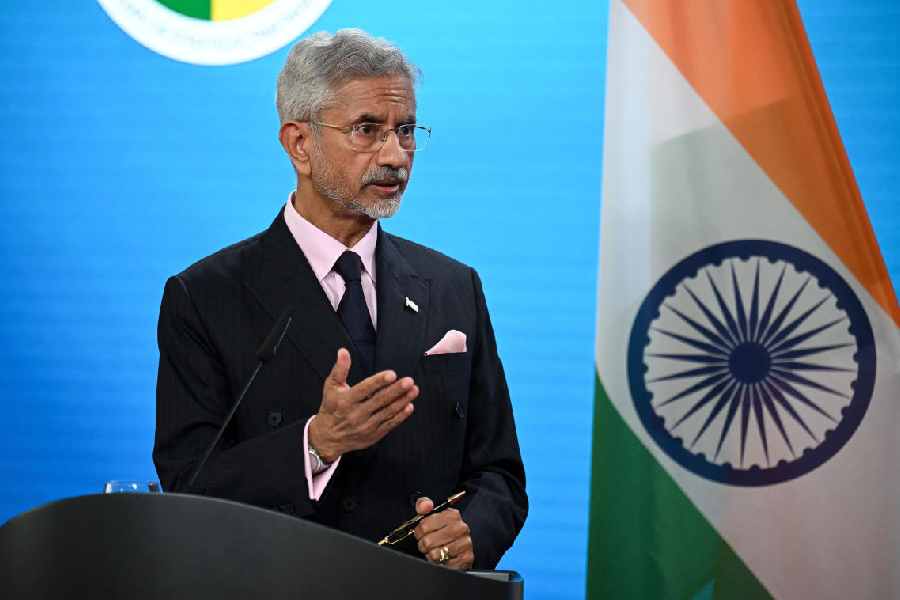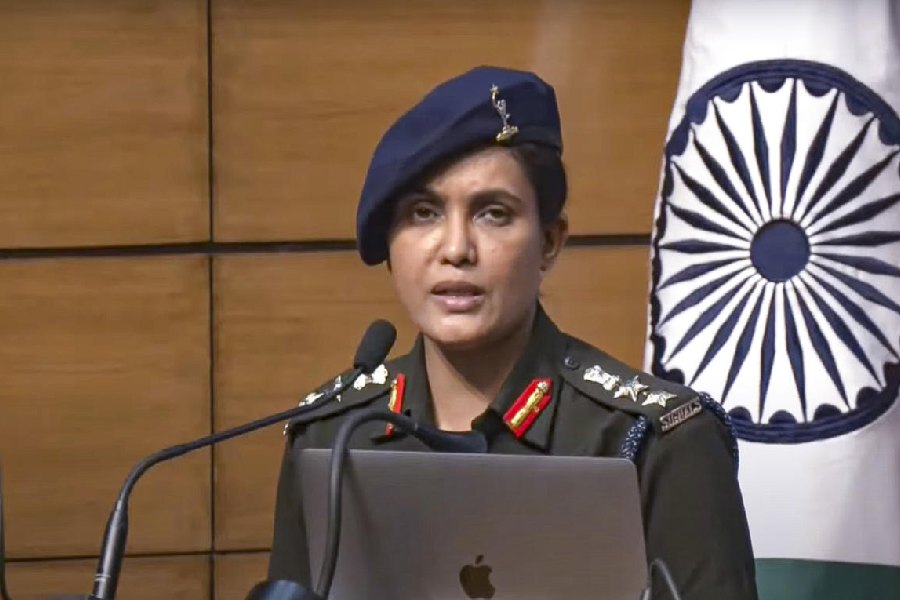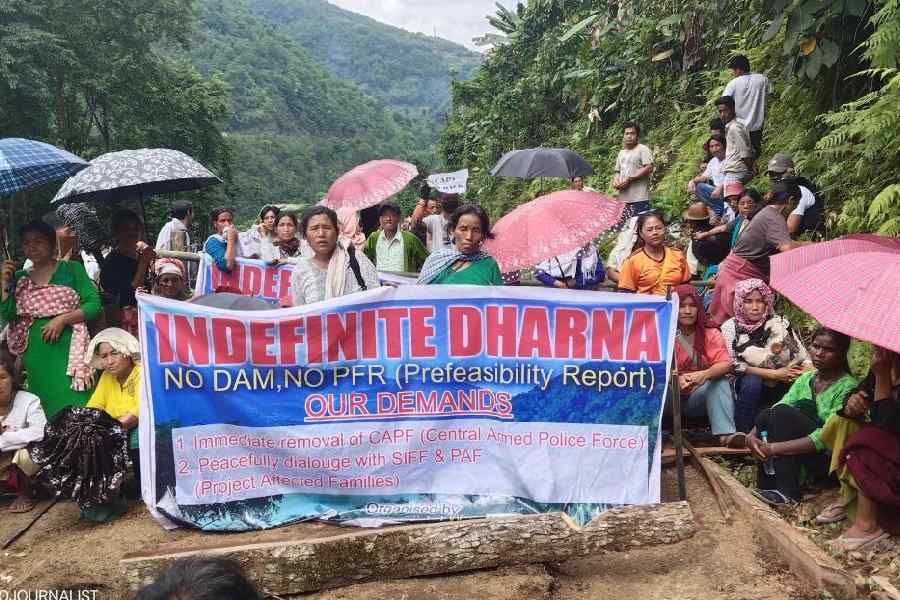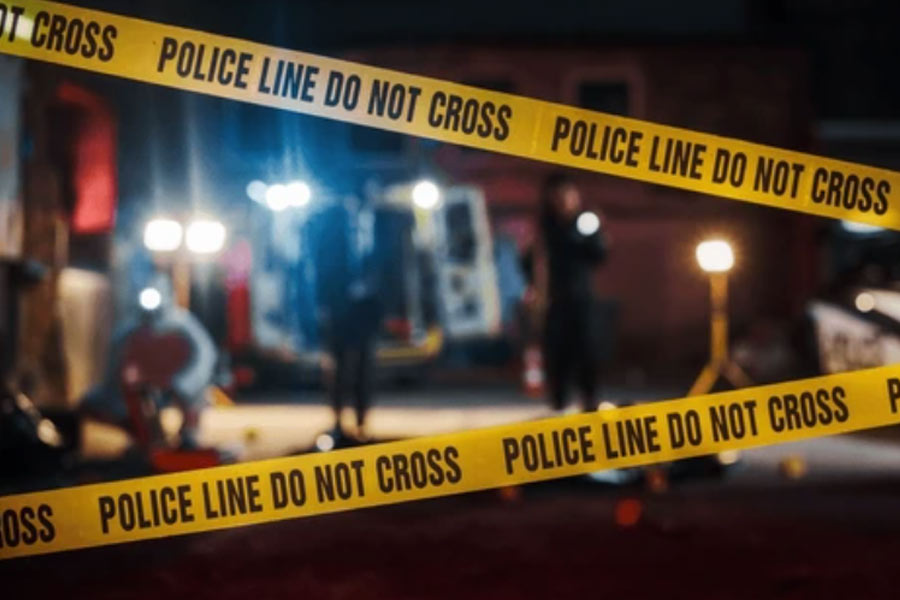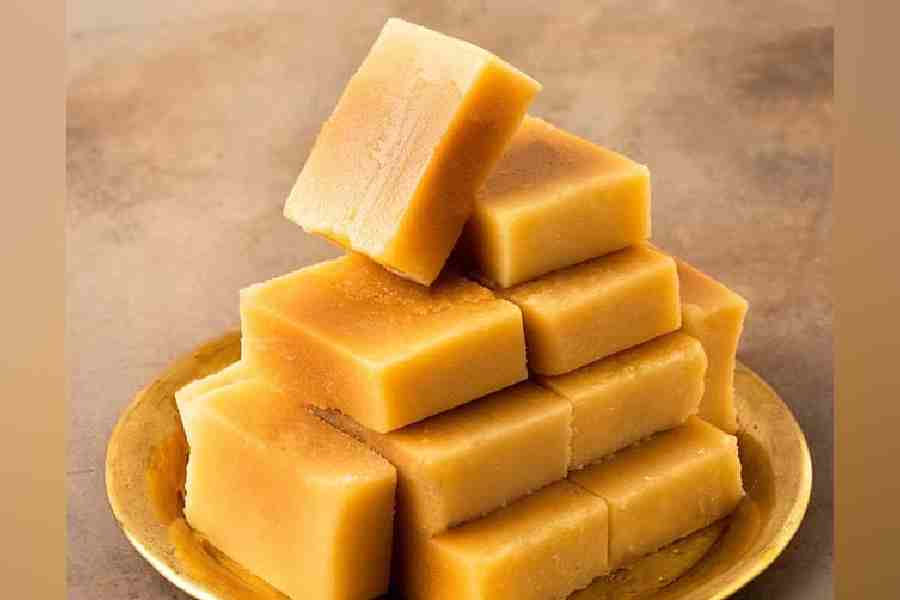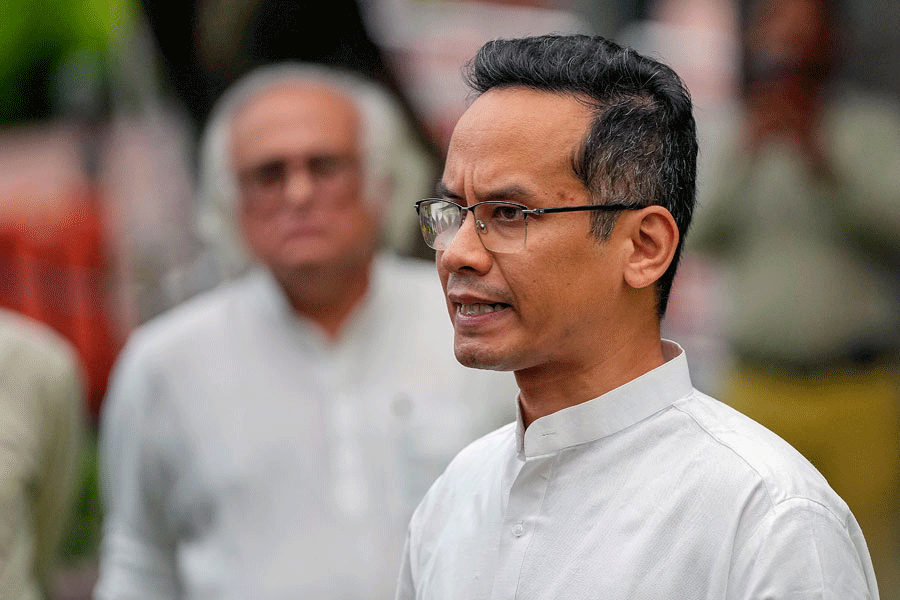 |
 |
 |
| Satyajit Ray and team shoot Joi Baba Felunath in Benaras. Pictures by Sandip Ray |
‘Manikda was with us too’
I think it was in the mid-Sixties when I first came to Benaras (Varanasi)... to shoot for Pinaki Mukhopadhyay’s film Mahashweta. Anjana Bhowmick was my heroine. It was one of her earliest films. I had put up in a small hotel near Dashashwamedh Ghat. It would be really difficult if I were to stay in a hotel like that now. Back then, I was young and I could manage on anything. During Joi Baba Felunath, we stayed in a big hotel on the suburbs. I don’t clearly remember its name... it was the only classy hotel in that area. Manikda (Satyajit Ray) was with us too. Kashi (Varanasi) was very impressive then (in 1978). Aparajito was still fresh in everybody’s mind.
‘Maganlal’s bajra to Machhli Baba’s house’
The Joi Baba Felunath shoot was my second trip to Kashi. The whole film wasn’t shot here... say only about 50 per cent. The rest was shot in Calcutta, probably at Movieton studio.
In Kashi, we shot the house where the theft (of the Ganesh idol) takes place and the terrace sequence. We shot at Jantar Mantar and at the shops where you get rabri... remember the sequence where I steer Biplab (Chatterjee), with a gun in his back. Then the scene where Maganlal Meghraj arrives at the ghat in a bajra, with the others sitting in the foreground, and the steps descending to where Machhli Baba is singing. All the river shots were taken here....
Also, Darbhanga Ghat where Machhli Baba is shown as staying, and I hide and then come out to storm his place.
The scene after that is an indoor shot taken in Calcutta, but the corridor shot shown after that was again taken in Kashi. All the indoor shots were done by bouncing off light. [‘It was an extraordinary invention by (cinematographer) Subrata Mitra, which is followed even to this day.’] And the shots matched so perfectly! Even the mixing was done so brilliantly that no one could make out the difference! No one could do mixing like Satyajit Ray. And he had such great art directors in his team. Bansi Chandra Gupta... one of the best in the world!
‘Aajke raate dekhbe akta majaru’
Well, the Joi Baba Felunath shoot got cancelled on the first day. It was scheduled at night. We were to shoot that sequence in a lane in Bangalitola.... Remember ‘Aajke raate dekhbe akta majaru’.... But a huge crowd turned up to see the shoot. The mob just went out of control, so the shoot had to be cancelled.
Manikda was a practical man, he never got irritated. He had a great unit! The next day, the unit got boys from the clubs of Bangalitola to help manage the crowd and the shoot went off smoothly. There was a huge Bengali population in Benaras...
‘The Flaherty of Benaras’
Manikda just loved Kashi. He was so fond of this place... of its visual appeal. Did you know that Manikda came to be known as the ‘Flaherty of Benaras’ in the world cinema circuit after Aparajito? The way he showed Benaras and life in Benaras on screen was remarkable. It was like a documentation. It was possible only for him because he had that eye.
‘Stupa, saris and paan’
My first film shoot in Benaras gave us the opportunity to see several historical places. I roamed around Kashi and saw Sarnath and the Stupa there. I also managed to catch a glimpse of Sher Shah’s burial ground, Sasaram, on the way. And I remember going to the place where Benarasi saris were woven.
During Joi Baba Felunath we didn’t need to take time out to visit any places as most of the sight-seeing spots were part of the shoot, like Jantar Mantar and the Vishwanath temple. I remember we would have the Benarasi paan.... Manikda used to love that paan.
The third time I was in Benaras was to shoot for Ajoy Kar’s Noukadubi. We had also shot a major part of Dipankar De’s TV serial Jyotishi here. Later I came here several times to visit a friend who had a house near Mughalserai.
Benaras, then and now...
Back then, the situation was not this horrifying. The ghats were clean, a few foreigners and hippies had started coming in but it was a brilliant place. Now, nothing moves on the streets. It is so congested. It’s worse at the Dashashwamedh Ghat. You just can’t move! There were no dividers on the roads back then but you obviously can’t do without them now. I’ve never seen such maddening rickshaw congestion anywhere in the world like in Benaras, except in old Dhaka perhaps. Besides, boys and girls in jeans was a rare sight then.
(As told to Aranya Sen)
Which is your most memorable scene in Joi Baba Felunath?
Tell t2@abpmail.com t2@abpmail.com
Siddhartha ‘Topshe’ Chatterjee relives his Joi Baba Felunath days:
 |
| Soumitra and Siddhartha shoot for Arohan in Varanasi. Picture by Aranya Sen |
We shot for Joi Baba Felunath in 1978. Varanasi has become a lot more modern. There are malls now. The lanes and bylanes are still the same but the Ganga makes me nostalgic. I remember shooting near the water with Soumitrakaku.
There was a scene where Jatayu (Santosh Datta) and I had to dress like sadhus and wait at the ghat for Feluda’s instructions. So, we got off the car, a little before the ghat, with make-up and costumes. Some people at the ghat mistook us for real sadhus! And they took us to be pretty important sadhus probably because they had seen us getting off a car.
Two local residents immediately bent down to touch Jatayu’s feet and seek his blessings. Jatayu said, “Tathastu!”, and walked away. I turned to him, surprised. He said, “Abhinoy korchhi jokhon continuous korte hobe. Majhkhane chharle hobe na (Since we are acting, we have to continue doing it. We can’t quit midway)!”
As there would be a huge crowd to watch the shooting, the film unit came up with a great plan. We would place a camera somewhere and spread the word that we were shooting in that area. Soon people would start thronging that spot, while we would be shooting elsewhere!
The curious case of Arohan
Arohan, a film by Pinaki Chaudhuri, took Soumitra Chatterjee to Varanasi one more time this winter. Soumitra plays an old-fashioned family man in Arohan who comes to Varanasi to spend his last days in the holy city with the aim to attain moksha.
“My character believes in astrology and after several calculations he determines the date of his death. So he comes to stay in this lodging place in Varanasi called Moksha Bhavan, where people specifically come to spend their last days. There’s a belief that whoever dies at this halting station attains moksha. But his son (played by Siddhartha Chatterjee) doesn’t believe in all this and there’s a clash of opinions between the two. His grandson (played by Samadarshi Dutta) tries to dissuade him. I felt it was a great story!” says Soumitra.
Chaudhuri, who had earlier worked with Soumitra in Ballygunge Court, got the germ of his plot from an article that had appeared in The Telegraph (‘The final checkout’, June 7, 2007).
“In that article, I read about a place called Mukti Bhavan in Varanasi where people would come with the sole intention to die. If they don’t die within a month, they are asked to leave as more people are in queue. I was quite stunned! So I came to check it out and I found people living in several rooms, waiting there to die! The concept of the film came to me after this experience. The subject is very morbid but I’ve tried to make the philosophy interesting,” he says.
So, in a quirky twist of fate in Chaudhuri’s story, the protagonist’s son dies of a heart attack instead of him. “The message I’m trying to convey is that people should get rid of superstitions and false beliefs,” points out Chaudhuri.
Rituparna Sengupta plays a Hindi-speaking housewife with whom Samadarshi’s character falls in love. Sandhya Roy plays Soumitra’s wife.





